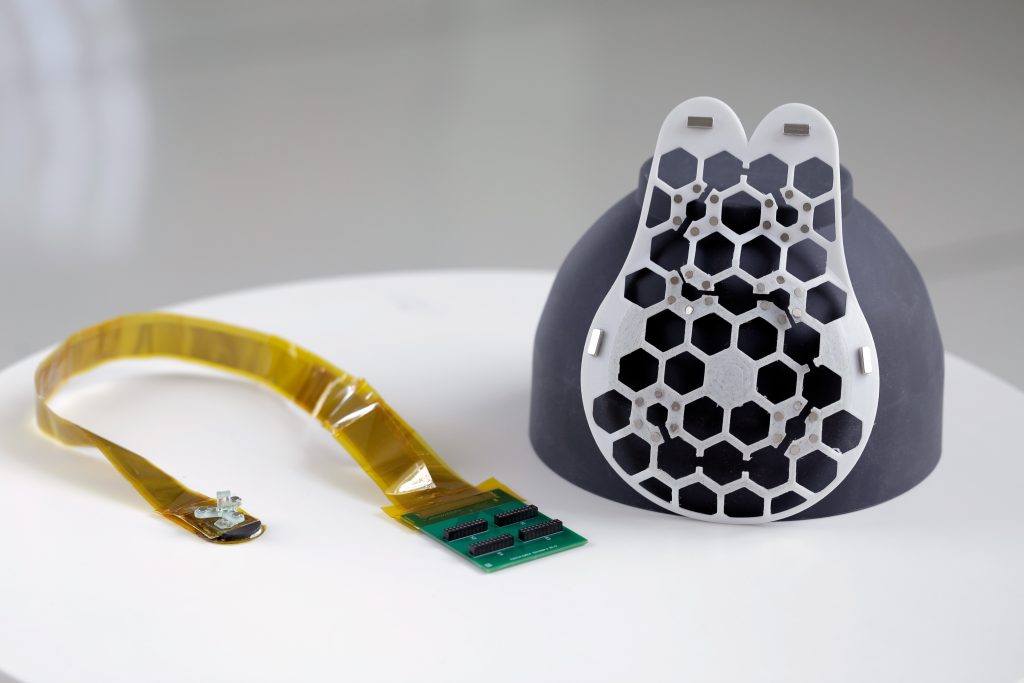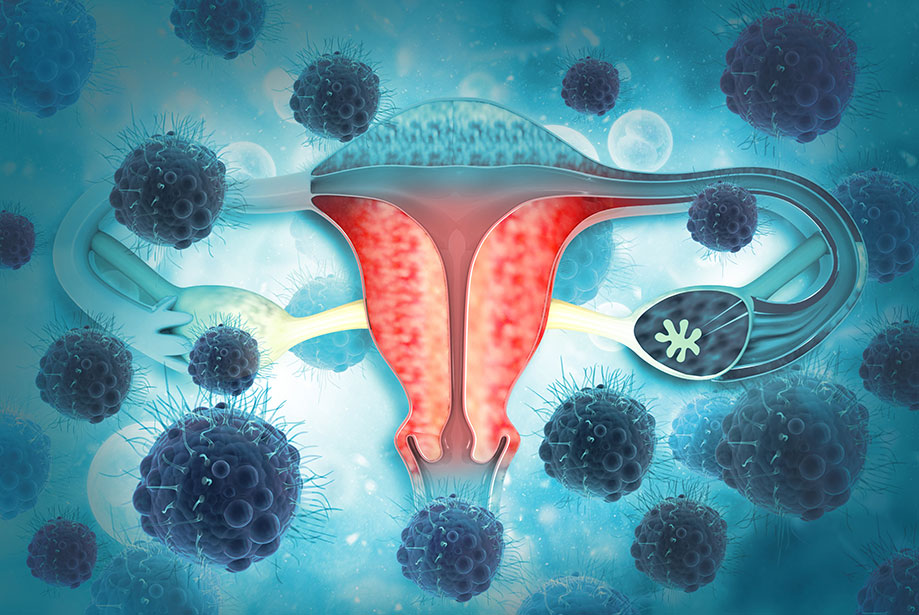Hormone therapy type matters for memory performance after menopause
This is a complex and actively researched area, and the short answer is: Yes, different types of hormone therapy (HT) can have different effects on memory and cognitive function after menopause, but the picture is nuanced and depends heavily on timing, type, and individual factors.
The old, simplified view was that HT might protect the brain. Then, the landmark Women’s Health Initiative (WHI) study in the early 2000s suggested it increased the risk of dementia. Now, research has evolved to a more sophisticated understanding, often called the “Timing Hypothesis.”
Here’s a breakdown of how different factors in hormone therapy influence memory.
1. The Critical Factor: Timing of Initiation (The “Critical Window” or “Timing Hypothesis”)
This is the most important concept. The brain is rich in estrogen receptors, and estrogen has neuroprotective effects.
- Initiation During Perimenopause or Early Postmenopause (The “Window”): The strongest evidence suggests that starting HT around the time of menopause (within 5-10 years) may have neutral or potentially beneficial effects on certain aspects of memory, particularly verbal memory. The brain is still adapting to the loss of estrogen, and introducing hormones may help maintain cognitive function.
- Initiation Later in Life (Decades After Menopause): Starting HT many years after menopause, when the brain has already adapted to a long-term low-estrogen state, appears to be neutral or potentially harmful. The WHI study primarily involved women who were, on average, 65 years old (well past menopause), which likely skewed the results toward finding risks.
2. Type of Estrogen
The specific estrogen used matters.
- 17-beta-estradiol: This is chemically identical to the estrogen produced by the human ovaries. It is considered the most “natural” for the body and is the type most often associated with potential cognitive benefits in the critical window. It’s available in patches, gels, and pills.
- Conjugated Equine Estrogens (CEE): This is derived from the urine of pregnant horses and contains a mix of estrogens, some not human. This was the type used in the WHI study. Some research suggests it might have a less favorable effect on the brain compared to estradiol, though the data is mixed.
3. Route of Administration
How you take the estrogen affects how it interacts with your body and brain.
- Transdermal (Patches, Gels, Sprays): This method delivers estrogen directly through the skin into the bloodstream. It bypasses the liver (the “first-pass” effect), leading to more stable hormone levels and avoiding the increase in clotting factors and inflammatory markers associated with oral pills. For this reason, transdermal estrogen is often preferred from a safety perspective and may be better for brain health.
- Oral (Pills): Oral estrogen is processed by the liver first, which can lead to more metabolic side effects and fluctuations in hormone levels.
4. Presence and Type of Progestogen
For women who have a uterus, a progestogen (synthetic progesterone) or progesterone (body-identical) must be added to estrogen to protect against uterine cancer. This component significantly influences cognitive effects.
- Progesterone (body-identical): Micronized progesterone (e.g., Prometrium) is generally considered to have a more favorable profile for the brain. It has a calming effect and may even be neuroprotective. Studies suggest it does not negate the potential cognitive benefits of estrogen and may be the safer choice.
- Synthetic Progestins: Medroxyprogesterone acetate (MPA), used in the WHI study, has been associated with potentially negative effects on the brain. It may counteract the beneficial effects of estrogen and increase the risk of blood clots.
Summary of Effects by Scenario
| Scenario | Likely Effect on Memory/Cognition |
|---|---|
| Early Initiation (<60 yrs) + Estradiol Patch/Gel + Micronized Progesterone | Most favorable. Likely neutral or possibly beneficial for verbal memory and executive function. Considered the “safest” regimen for brain health. |
| Early Initiation + Oral Estrogen + Micronized Progesterone | Likely neutral. May still be beneficial for menopausal symptoms, but the oral route carries more metabolic risks. |
| Early Initiation + Any Estrogen + Synthetic Progestin (MPA) | Less favorable. May negate potential benefits or slightly increase risk. |
| Late Initiation (>65-70 yrs) + Any HT Regimen | Unfavorable. Not recommended for cognitive protection. Associated with an increased risk of dementia and stroke. |
Important Caveats and Takeaways
- HT is Not Approved for Cognitive Protection: No hormone therapy is FDA-approved for preventing or treating memory loss or dementia. It should be prescribed primarily for managing moderate-to-severe menopausal symptoms (like hot flashes, night sweats, vaginal dryness).
- Individual Risk Factors Matter: A woman’s personal and family history of breast cancer, blood clots, heart disease, and stroke play a much larger role in the HT decision than cognitive effects.
- Lifestyle is Foundational: The best evidence for protecting your memory after menopause involves lifestyle factors: regular aerobic exercise, a heart-healthy diet (like the Mediterranean diet), quality sleep, managing stress, and staying socially and mentally active.
- Consult Your Doctor: This is a highly personalized decision. The best course of action is to have a detailed conversation with a healthcare provider who specializes in menopause. They can help you weigh the potential benefits for your quality of life against the risks, based on your unique health profile.
In conclusion, the type of hormone therapy matters greatly. For a woman considering HT for menopausal symptoms who is concerned about memory, the most brain-friendly approach appears to be starting early with a transdermal estradiol and micronized progesterone regimen.
Reference:
https://www.aan.com/PressRoom/home/PressRelease/5280
https://pmc.ncbi.nlm.nih.gov/articles/PMC4573348
Medications that have been suggested by doctors worldwide are available on below link



